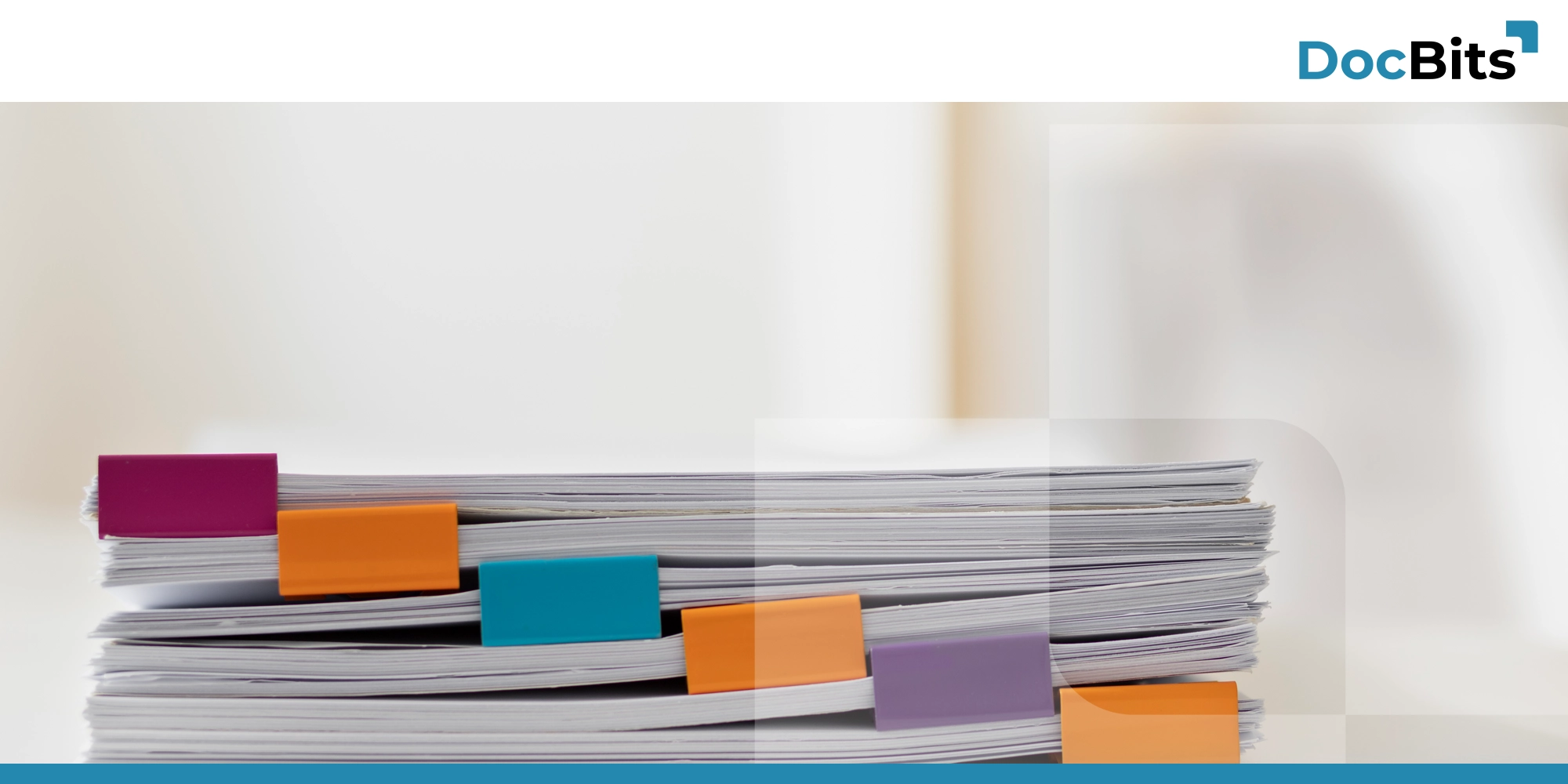In today’s business world, where accuracy and efficiency in document processing are of paramount importance, Levenshtein distance plays a crucial role. It is especially important for IT professionals, accountants and business professionals who work with large volumes of data and documents. In this blog post, we look at how Levenshtein distance is used to correct common errors in text documents and why it is so valuable.
Levenshtein distance, named after Vladimir Levenshtein, measures the minimum number of single-character changes (insertions, deletions or substitutions) required to turn one word into another. This metric is particularly useful in automated text processing and correction.
Let’s look at a practical example. In a documentation process, the word “feet” could accidentally be recorded as “feat”. This can lead to misunderstandings or even incorrect data interpretations. This is where the Levenshtein distance comes into play.

extracted_value = get_field_value(“field_name”)
target_word = “feet”
distance = levenshtein_distance(extracted_value, target_word)
threshold = 2
if distance <= threshold:
set_field_value(“field_name”, target_word)
Levenshtein distance is a powerful tool in the world of automated document processing. It helps to increase accuracy, improve data quality and make workflows more efficient. For IT professionals, accountants and business people, an understanding of this technique is essential to master the challenges of modern data processing.

Image credits: Header- & Featured image by Freepik
Share: